Who doesn't love the season of blossoming flowers, butterflies, chirping birds, and green leaves? Spring is probably the most awaited season, especially for your dogs.
Dogs love to wander outdoors in spring. Frolicking on the green grass, jumping into bushes, splashing pond water, and scouring the forest are a few of the many activities dogs love to do in spring.
While it's fun to let them run hither tither outdoors, it can be fatal to their health. Spring is known to bring flea and ticks. The warmer weather also invites heartworm diseases along with other malice.
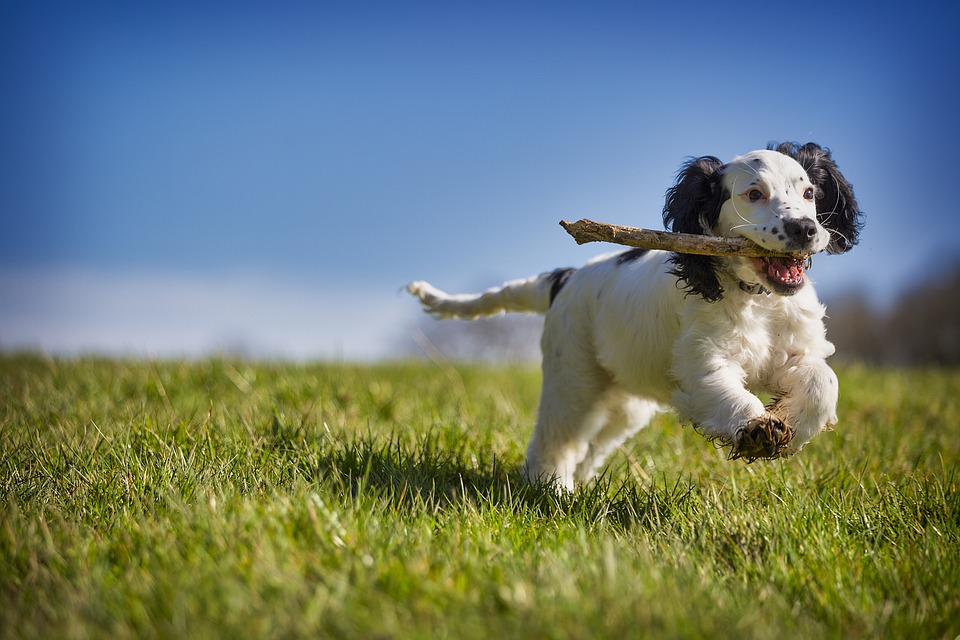
Your furry friend is more likely to attract diseases in spring than in another season; hence you should be wary about administering preventive care on time to keep them safe.
Spring Season Dog Care Checklist
Urban Pet Hospital & Resort, the best pet hospital in Des Moines, has prepared a thorough checklist for spring dog care.
Download the spring dog care checklist (PDF) or use the following infographic for the spring dog care checklist.
p align="center">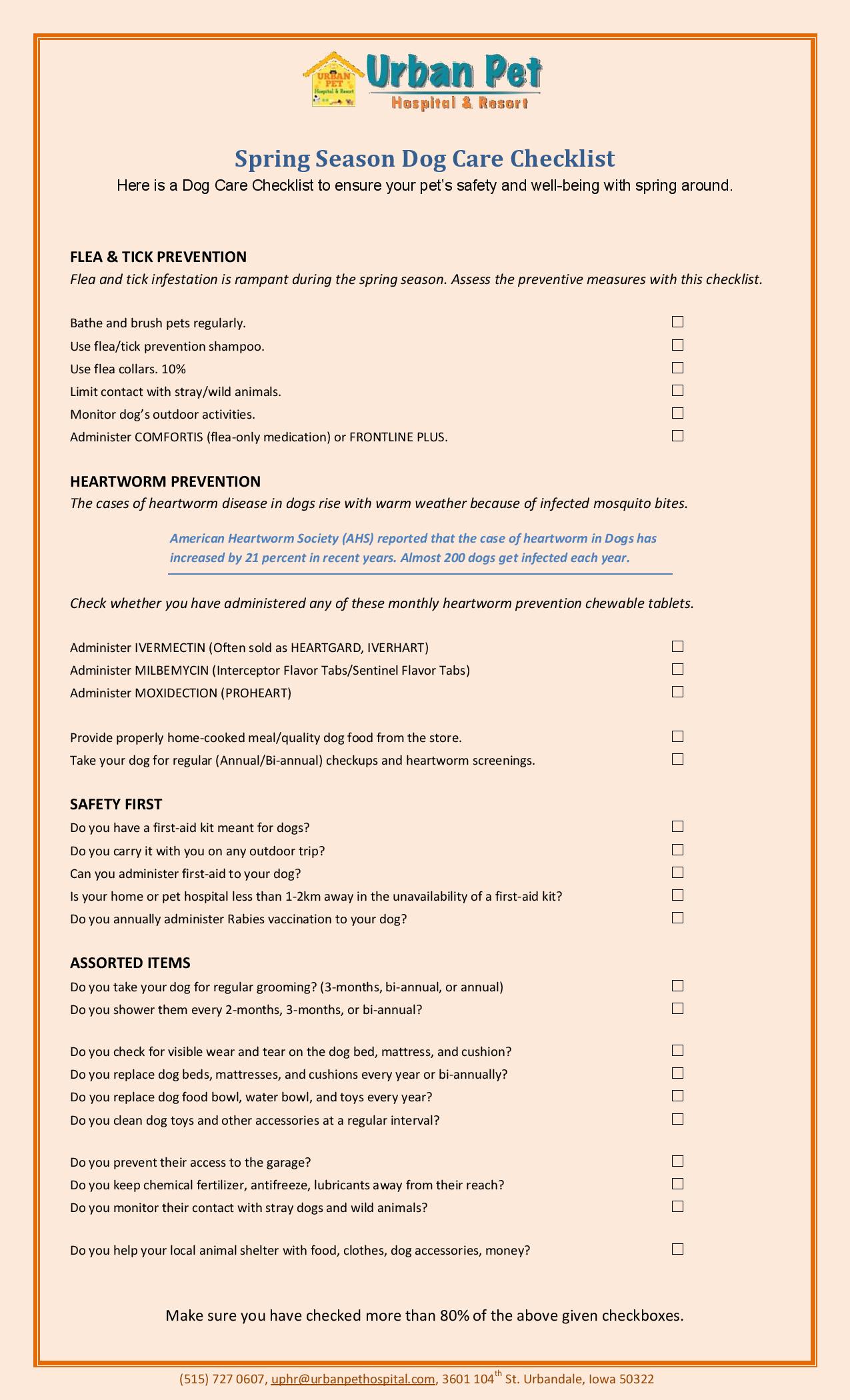
1. Flea and Tick Infestation
Flea and tick infestation is rampant during the spring season. These parasites feed your pet’s blood and cause health problems ranging from allergic reactions to tick-borne severe illnesses.
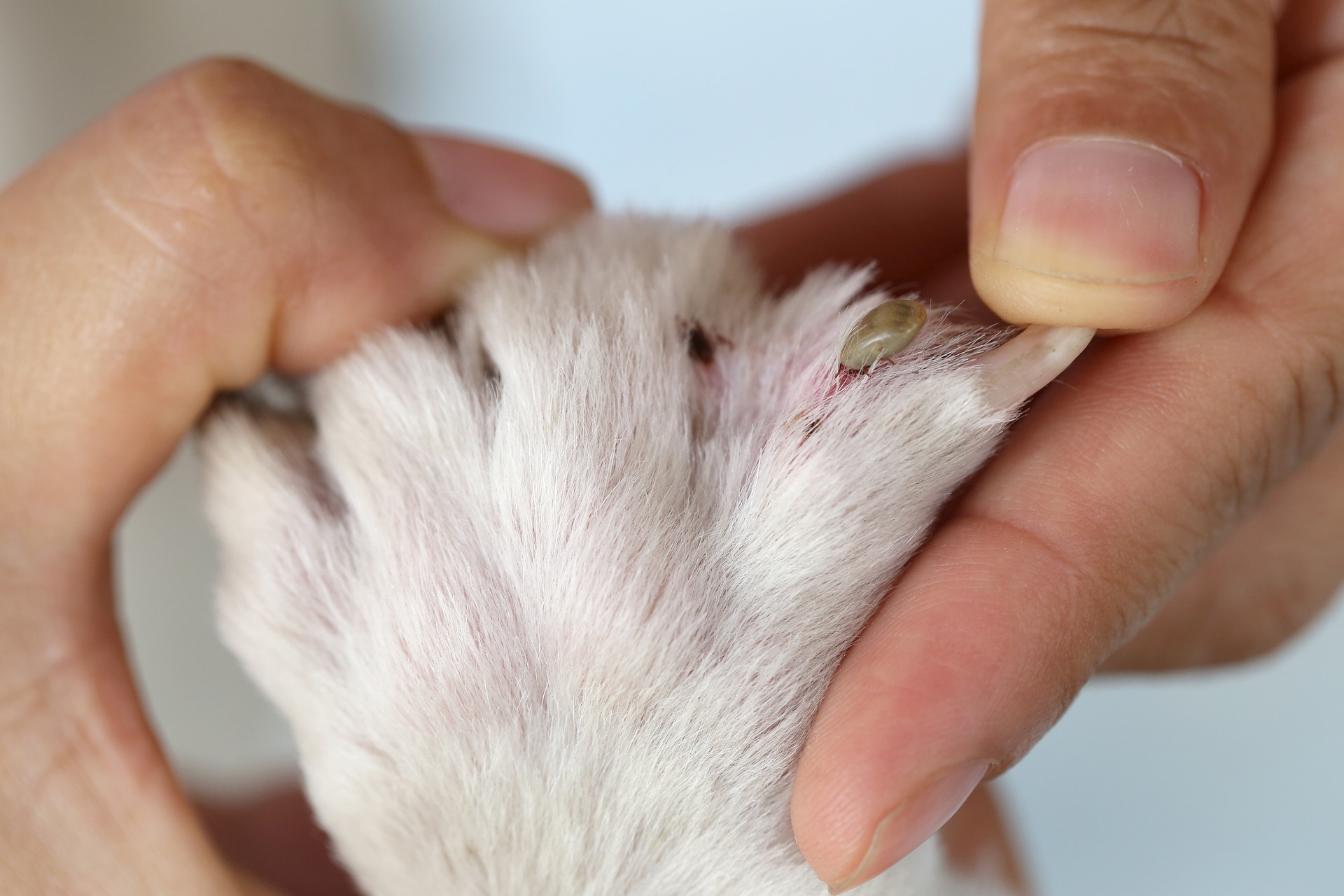
Fleas are more common during the warmer months that may last until the winter. Female fleas can lay 40 to 50 eggs a day, leading to an infestation within a few days. The infected pets can spread illness to their human counterparts as well.
Be wary of these tell-tale signs of fleas and tick infestation:
- Flea droppings, which look like dark specks, in the fur
- Flea eggs, which look like white specks, in the fur
- Excessive licking or scratching
- Scabs or hot spots on the skin
Flea and tick shampoo, flea collar, medication, and skin treatment are preventive measures for flea and tick infestation.
2. Say No to Heartworm
Heartworm disease is a common heart disease in dogs. Known as DilofilariaImmitis, heartworm disease spreads from an infected mosquito's bite.
It takes about seven months for larvae to mature into adult heartworm that looks like parasitic roundworm. Once it grows bigger, it lodges into the heart, lungs, and blood vessels and starts reproducing.

Adult heartworm can grow up to 12 inches in length and survives for 5-7 years. If not treated in time, a heartworm can even cause death.
Check for tell-tale signs of soft and dry cough, inactivity, lethargy, sudden weight loss, bulging chest, difficulty breathing, etc. Administering heartworm preventive drugs will keep your dog safe around the year.
3. Safety First
Prepare a first-aid kit so you have it handy for the spring season. Dogs are more likely to get injuries and infections in the spring because they often spend more time outdoors.
If you regularly indulge in spring hiking, excursions, and a trip to nearby forests and ponds, you better carry the first-aid kit with you.

You'd never know if your dog will fall into the bushes or from the rock, injure its paws, get bites or scratches from wild animals, and other common pet-related emergencies.
Also, check with your vet to ensure your dog's rabies vaccination is up to date.
4. Primp your Dog
Consider getting a thorough spring cleaning to help your dog feel refreshed. It's an excellent idea to groom your dog's fur before it gets warmer.
Do not entirely shave off your dog because they will need the undercoat to keep them safe from flea and mosquito bites.
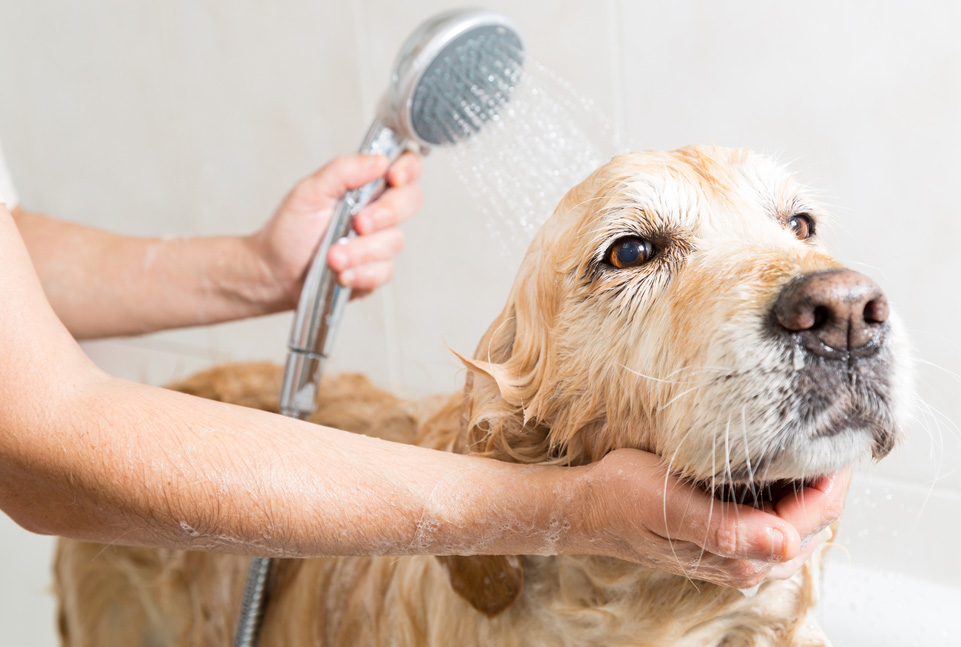
Schedule an appointment with the groomer for a wash and trim. You can set up your groomer at home too.
- Start with giving them a clean wash.
- Thoroughly clean their ear, under ear, and nose.
- Give nail trimming
- Trim off top-four using a proper grooming tool.
5. Clean your Dog's Bed, Bowl, and toys
While you're in the cleaning mode, consider washing off their bed and mattress and cleaning their toys with disinfectants so they can keep using them year-round.
If you see visible wear and tear in dog beds, mattresses, bowls, and toys, it's time to replace them. Check the dates on your dog's medications and treats.

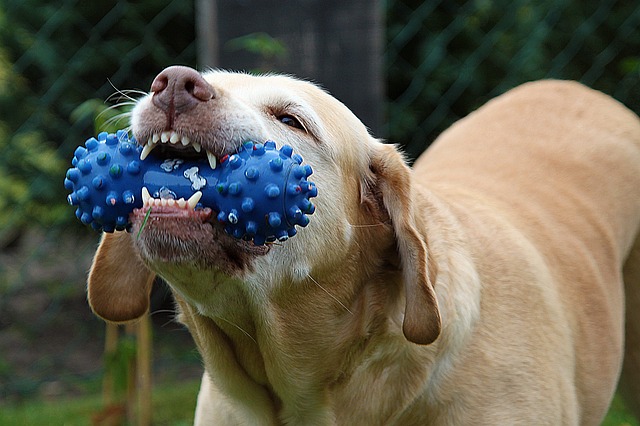

Freshen up their wardrobe with a new collar, ID tags, and other accessories.
6. Take care of your Lawn and Driveway
Spring is also the time to trim and fertilize your lawn. It’s essential to keep your pet safe from fertilizers, chemicals, and other toxins easily found on the lawn.
De-grime your driveway with anti-freeze, lubricants, and salts, so your dog doesn’t accidentally ingest toxins.

Dogs may lick the floor or spilled liquids, causing quick poisoning from the chemicals.
7. Spring Fever
You’d notice a change in your dog’s behavior with the arrival of the spring season. While most dogs love to wander outside, only a few choose to stay inside.
Dogs love everything about spring; flowers, grass, leaves, woods, squirrels, water, etc. It would be best to allow your dog to enjoy the spring fever but with proper precautions.
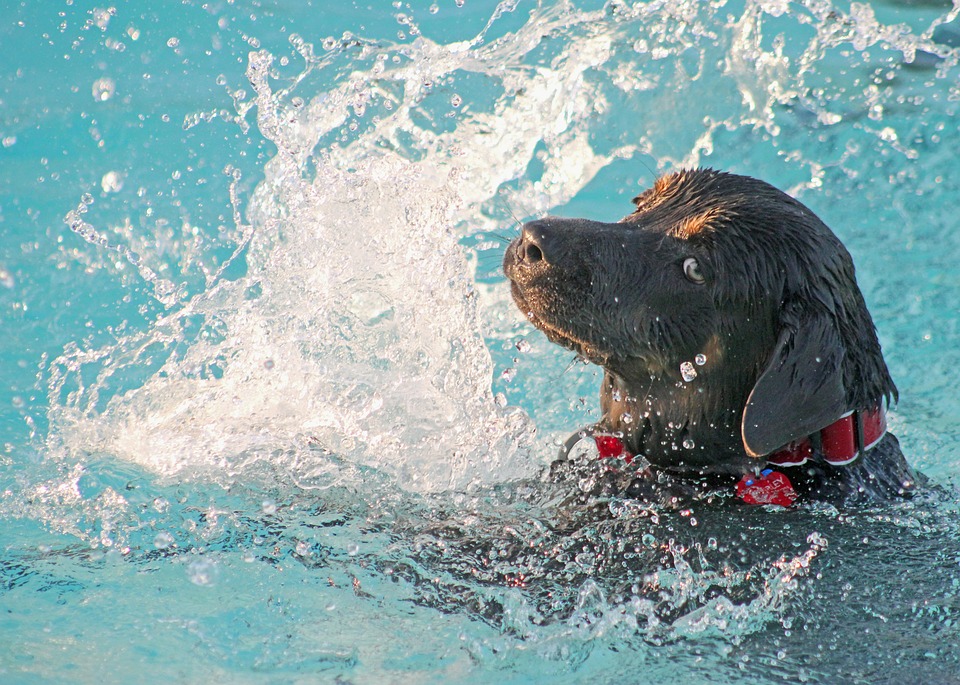
It’s a bad idea to let them wander outside alone, burrow the unmarked holes, and scavenge into the woods.
Wandering all by themselves in the forest can attract wild animals like raccoons, skunks, chimps, and foxes. It’s a good idea to supervise their outdoor activities.
8. Help Your Local Shelters
It is never late to help your local animal shelter with food, cloth, volunteering, and money.
To find out what your community shelters need, give them a call and in the meantime, set aside these often requested items: kennels, carriers, cozy pet beds, bedding and blankets, towels, and cleaning supplies such as bleach sponges, and laundry detergent.

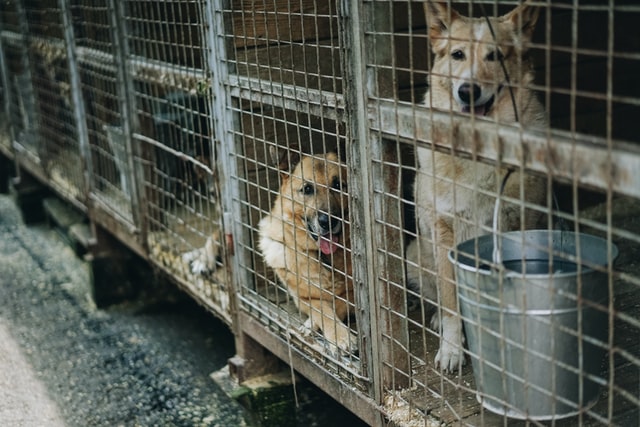
Conclusion
Learn everything about taking care of your pet in the spring and preventing the onset of many problems that come along the season.
Urban Pet Hospital & Resort is a premier pet hospital and daycare in Des Moines.
We offer pet care consultation, medical and surgical services, daycare, and boarding services. Get in touch with us to learn more about keeping your pet safe in spring.